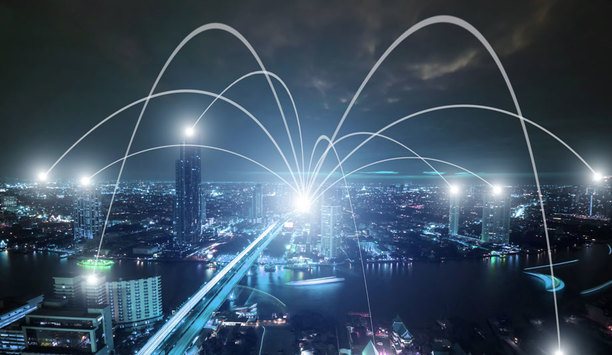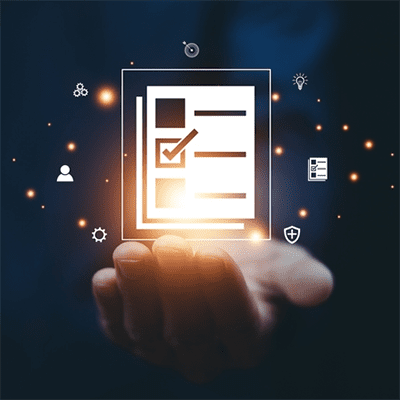Steven Turney

Steven Turney
Security Program Manager, Schneider Electric USSteven Turney has been with Schneider Electric’s security line of business for over 18 years and is responsible for developing security strategies within Schneider Electric’s North American Buildings business. He is an active member of ASIS International and has worked within the security industry for more than 20 years. Steven’s expertise includes developing security solutions that mitigate risks and building a successful sales organization. He can be reached at steven.turney@schneider-electric.com.
Articles by Steven Turney
Cloud-based solutions with mobile credentials and capabilities are simplifying multi-site management Facility managers and security operations staff are often bo...
News mentions
Schneider Electric, the provider of digital transformation of energy management and automation, announced the release of the latest version of EcoStruxure Access Expert, its integrated security soluti...
Organizations utilize the cloud for existing applications, including data storage, HR, email and security According to a new study commissioned by Schneider Electric, companies acro...




























